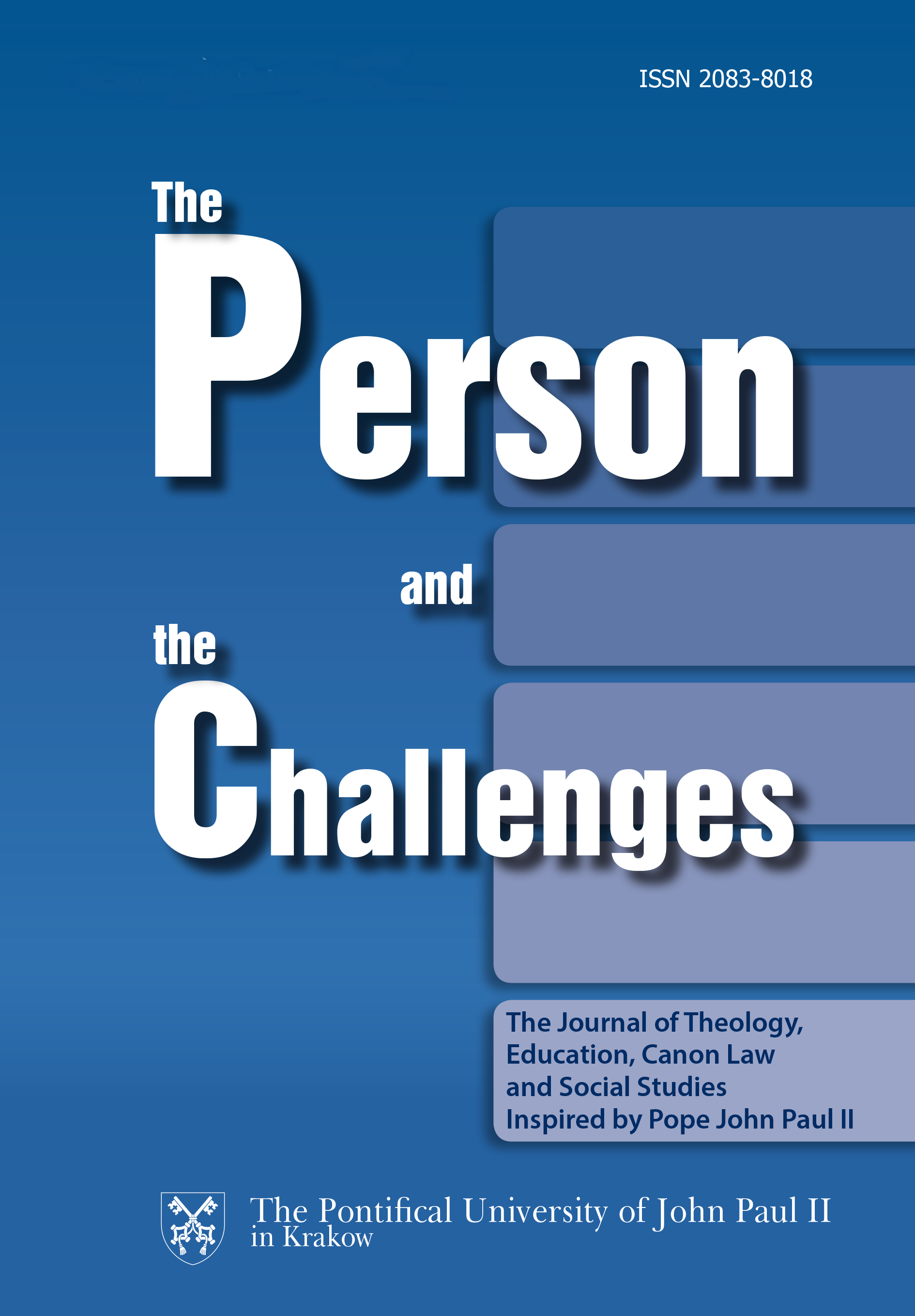L’engagement missionnaire actuel du diocèse de Tarnów dans le contexte du 225 è me anniversaire de sa création.
L’Église de Tarnów – les envois des missionnaires et leurs répercussions
Actual Missionary Involvement of Diocese of Tarnów in the Context of the 225-years Anniversary of its Existence
Author(s): Krzysztof CzermakSubject(s): Sociology of Religion
Published by: Wydawnictwo Naukowe Uniwersytetu Papieskiego Jana Pawła II w Krakowie
Keywords: Missionary; evangelisation; diocese of Tarnów
Summary/Abstract: This article presents actual missionary involvement of the diocese of Tarnów in the context of the 225th anniversary of its existence. For 38 years, Catholic missionaries from the diocese of Tarnow have been traveling the globe educating other cultures about the Christian faith as well as organising everything needed for the improvement of people’s spiritual and physical lives. So, missionary activities have two dimensions – spiritual and material. The bishop’s role, as the ruler and centre of unity in the diocesan apostolate, is to promote missionary activity, to direct it and to coordinate it, but always in such a way that the zeal and spontaneity of those who share in the work may be preserved and fostered. The missionary activities in the diocese of Tarnow have been strongly supported by the bishops: Jerzy Ablewicz, Józef Życiński and Wiktor Skworc, who have sent 118 priests to the three continents. The Tarnow missionary work is a great contribution to the evangelization of the countries in Africa, South America and, more recently, in Asia (mostly Kazakhstan). This commitment has been marked by the seal of martyrdom by one of the priest – Fr. Jan Czuba who was murdered in the Republic of Congo in 1998. Currently, the Diocesan Missionary Agency has sent 46 priests as missionaries: 14 to Africa, 27 to Latin America and 5 to Kazakhstan. Apostolic activity is organized not only by priests, but also by lay missionaries: one in Cameroon, two in the Central African Republic and additionally two volunteers.
- Issue Year: 3/2013
- Issue No: 2
- Page Range: 209-232
- Page Count: 24
- Language: French

